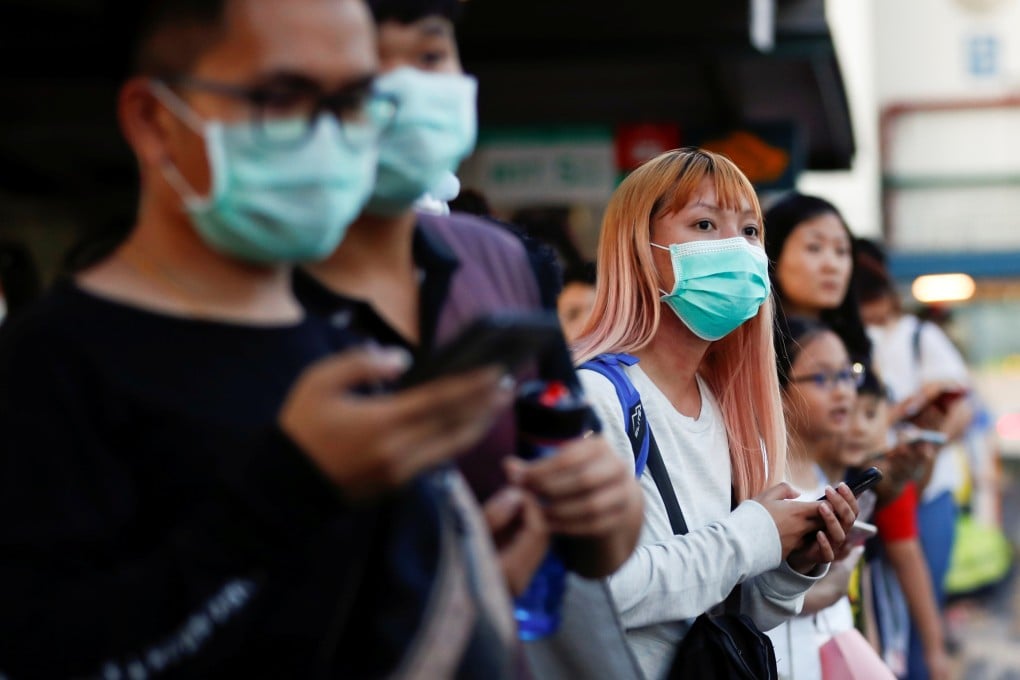Advertisement
Aggressive tracing, lessons from Sars: how Singapore is flattening the coronavirus curve
- The city state’s strong ability to trace, detect and isolate patients have helped to put it ahead of other countries in containing the coronavirus
- While Singapore is not under lockdown, experts say such a move may also help to flatten the curve for other countries, as it did for China’s Wuhan city
Reading Time:7 minutes
Why you can trust SCMP

Singaporean coronavirus patient Adam – not his real name – returned from an 11-day trip to France and Spain on March 7, but after he went back to work two days later, he started developing a sore throat.
The 27-year-old decided it was best to see a doctor and work from home on March 10 – the same day France and Spain reported 286 and 435 coronavirus cases, respectively.
“On Tuesday morning when I woke up, my temperature was still OK, but I had a hunch, so I went to the GP and emailed my colleagues to say I was going to the doctor and working from home,” Adam said.
Advertisement
Despite Adam’s mild symptoms, doctors were concerned about his travel history and sent him to Singapore’s National Centre for Infectious Diseases (NCID) to be tested.
By March 11, Adam was confirmed as Singapore’s 171st coronavirus patient and he was hospitalised for five days. He was discharged on March 16.
Advertisement
Throughout his stay at the hospital, he only had a sore throat and runny nose that was treated with regular medication: flu pills, paracetamol, Vitamin C and lozenges.
Advertisement
Select Voice
Choose your listening speed
Get through articles 2x faster
1.25x
250 WPM
Slow
Average
Fast
1.25x